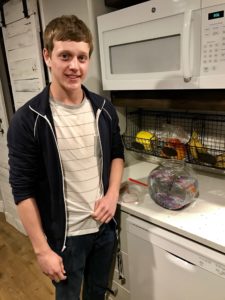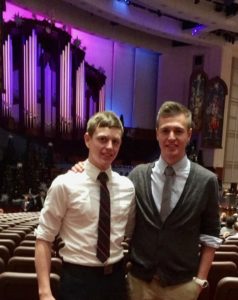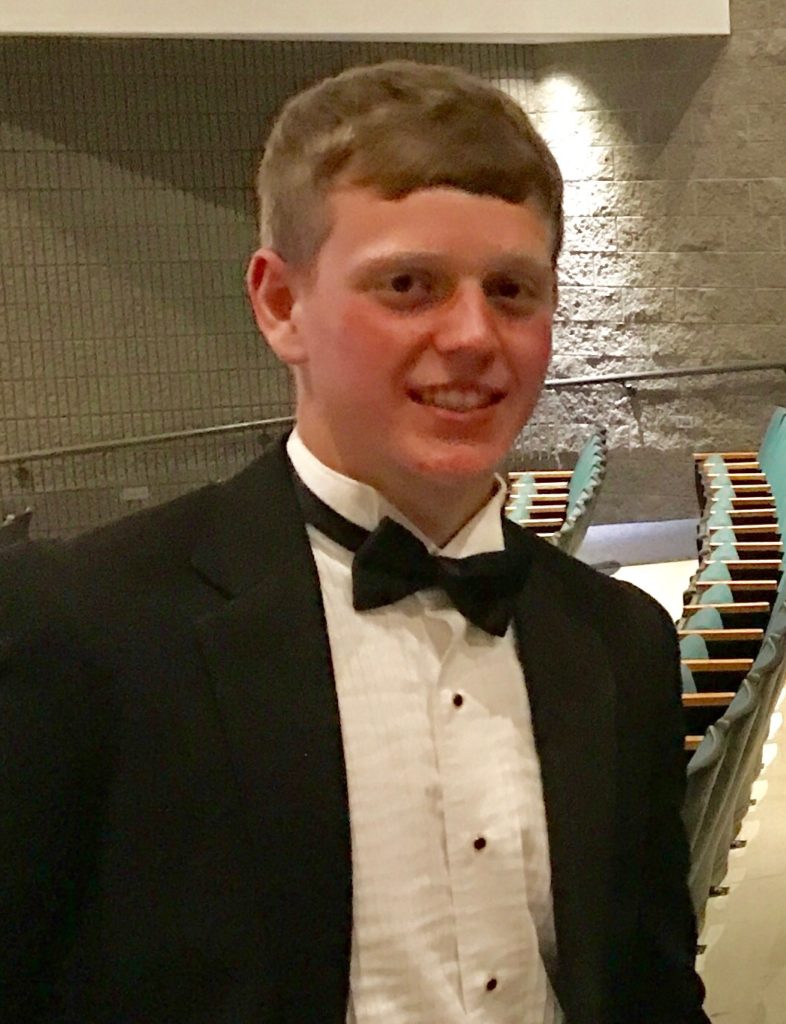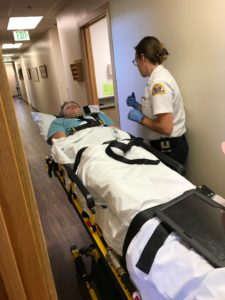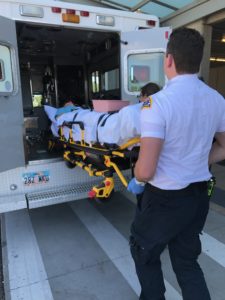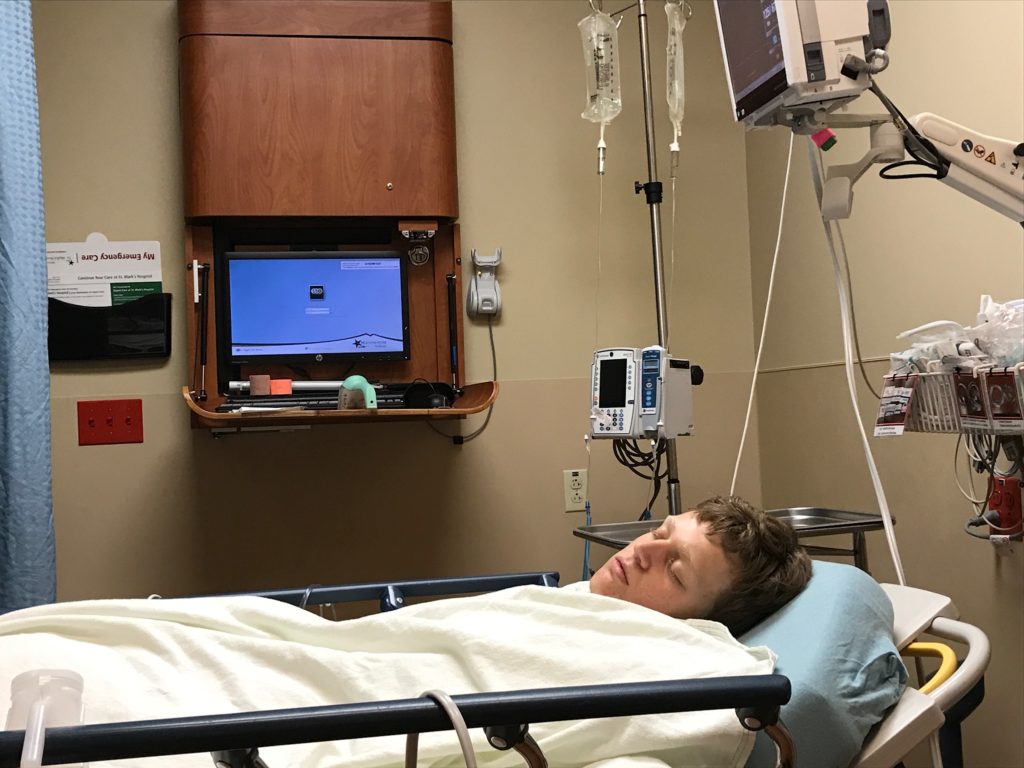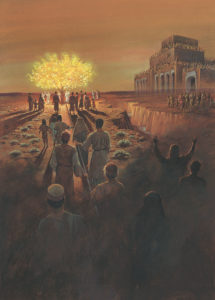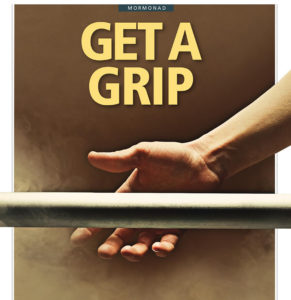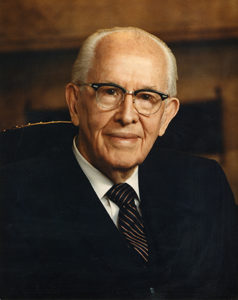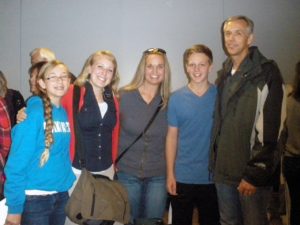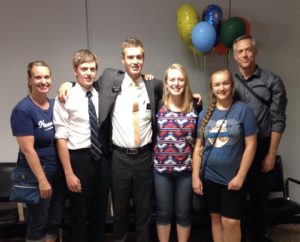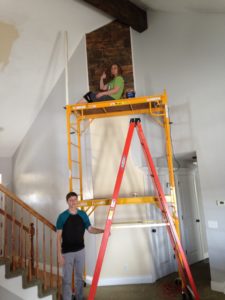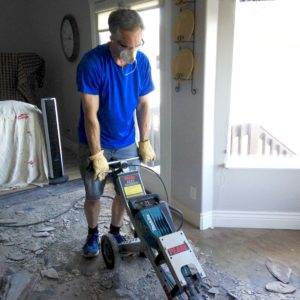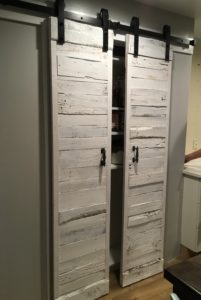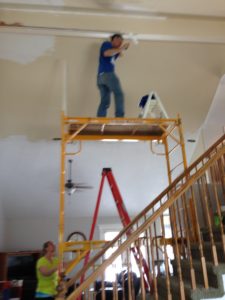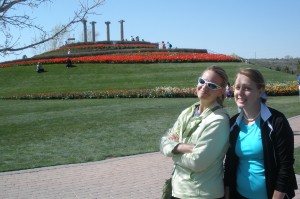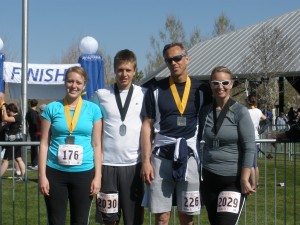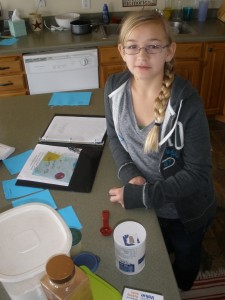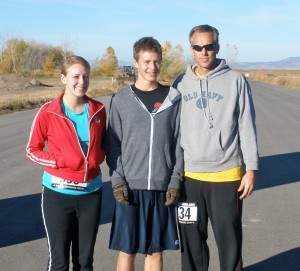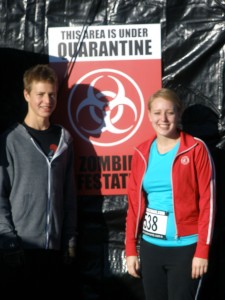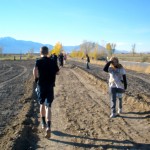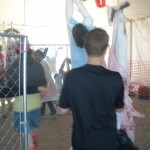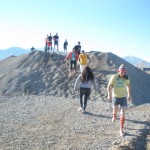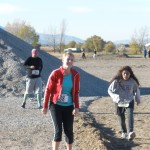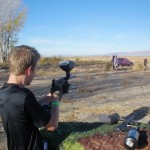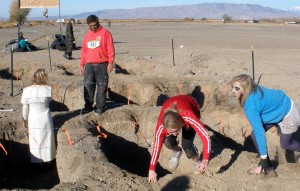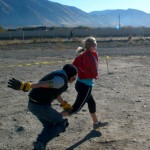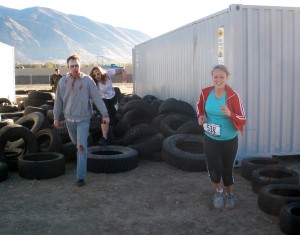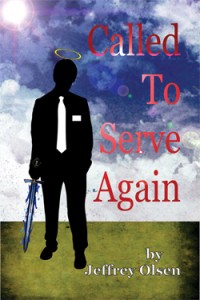The Acute Phase: Confused and Combative
The Social Worker at Primary Children’s Hospital told our family that writing in a journal can be therapeutic. Even more, perhaps sharing our journey these past few weeks may help other families with children who suffer from this rare, devastating disease.
ICU Day #1 (Friday, June 30th)
4:30 PM: As we get checked into the Emergency Department at Primary Children’s Hospital, the two triage nurses think maybe Drew has developed Type I diabetes, but they check his blood glucose and it is normal. His blood pressure is low, heart rate is racing, and he breathes rapidly and heavily. Drew’s alertness continues to deteriorate as he slouches in the wheelchair. The two nurses and I have to lift him up onto the gurney. He is nearly unconscious at this point. Lots of doctors and nurses and other health care team members rush into Drew’s room in the Emergency Department as “Code Sepsis” blares over the intercom. Several nurses rush to start two IVs and begin pumping him full of fluid. Vial after vial of blood samples are taken and rushed off to the lab. Urine samples, finger pokes, physical exam, pupil reactions, and other vital signs that can be checked are assessed, but nothing obvious to explain Drew’s confusion and loss of consciousness.
5:15 PM: Grandpa Olsen arrives from work, followed 15 minutes later by Drew’s mother and sister from Girls’ Camp. A priesthood blessing is administered and tears are shed as Drew lies on the gurney unconscious.
8:30 PM: While waiting outside Radiology, I call Drew’s brother who is working in Kentucky for the summer. He is scared and really worried despite all I can do to assure him. I tell him at this point, we don’t know what it is, so not to make plans yet to fly home. After the CT scan is finished, we help the nurses and techs return Drew to his room, and then the doctors prepare to perform a lumbar puncture, or spinal tap. We retreat to the ICU Waiting Room where several family members are anxiously waiting.
10:30 PM: The doctors in the ICU just finished the lumbar puncture. Many of the labs have so far come back negative for any infections, and all of his labs are normal with the exception of his liver enzymes that are sky-high, but the spike in liver enzymes would not explain his altered mental status. The ICU doctor explains that at this point, the preliminary diagnosis is a viral encephalopathy, but even that is unsure based upon his initial lumbar puncture results. The CT scan of his head was also perfectly normal, which is good news, but still gets us no closer to a diagnosis.
ICU Day #2 (Saturday, July 1st, 2017)
1:30 AM: At times, Drew will partially awaken, but simply groans and restlessly turns from side to side in the bed. He just became extremely agitated and he screamed while trying to climb out of bed. He pulled one of his IVs out. He cannot stop screaming and he is incredibly strong. Four nurses and I jump on his arms and legs to keep him from sliding out of bed or pulling his other IV out. His nurse rushes to get some medicine to calm him down, and they are finally able to sedate him and tie his arms and legs down, but not after Drew kicked a male nurse squarely in the chest. I apologize to the nurse. He just shrugs his shoulders and nods as he walks away rubbing his chest.
4:30 AM: Drew again started screaming and trying to climb out of bed. They were trying to start another IV and he freaked out. He is so strong, he broke one of the arm restraints and he is flailing his arm trying to punch the nurses. This time we have 6 nurses and myself holding him down as he keeps trying to rip off all of his monitors and IVs. He continues to scream and even says a few words over and over: “I don’t feel good. I can’t do this. Please help me.” Once we finally get him sedated and calmed down, his mother runs out of the room and cries in the hallway. I follow after her and hold her in my arms to calm her down. “What is wrong with my son?” She asks. “Why is he doing this?” I don’t know, and neither do the doctors.
9:00 AM: Drew finally calmed down about 5:30 AM after two different sedatives were administered. The doctors just did rounds and said all of his lab work and the initial results from his lumbar puncture are all pretty much normal except for his liver enzymes, so they plan to have the Neurology doctors come by to consult on his condition.
11:30 AM: The Neurology doctors arrive and begin to examine Drew. They can arouse him briefly, but he simply lies there and groans. He cannot talk, nor can he follow any of their commands. They tell us that his vital signs are good and his lab work suggests that his altered mental status is not due to any type of infectious agent. They plan to do more tests, including an ultrasound of his liver and gall bladder to see if there may be another reason for his extremely high liver enzymes. They also plan to use the remaining samples of cerebral spinal fluid (CSF) to test for exposure to less common viruses, such as Epstein-Barr and West Nile.
8:30 PM: Ultrasound of his abdomen was normal. CT scan was normal. All labs and tests to date have been negative for any causative agents. Drew has drifted in and out of consciousness all day, and when he is partially awake, he is combative and confused. Hospital security had to bring in the heavy-duty arm and leg restraints because he broke a second arm restraint this afternoon while the nurses were trying to place a new IV (he has now pulled out two IVs). Much of the family is talking in the dingy, poorly lit, ICU Waiting Room, but it is cozy and warm this evening due to the love and support of our family. Because of the uncertainty of what we are dealing with, plans have been made for his brother to fly home from Kentucky the following morning.

